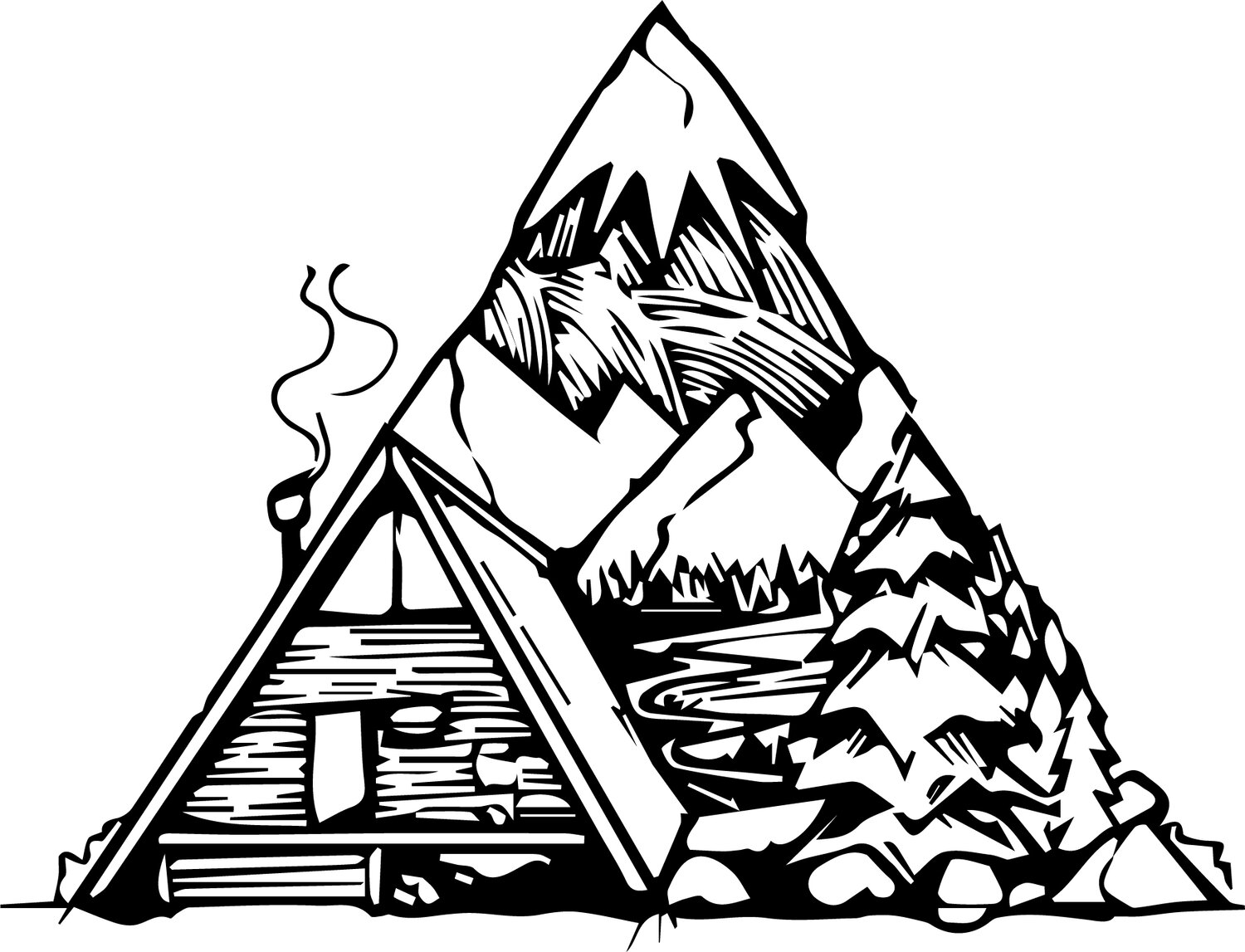Meadows
A meadow can be described as a field habitat vegetated primarily by grass and other non-woody plants (grassland). These ecosystems seem to be found few and far between among the towers of buildings and trees that dominate most of our landscape, and yet they play such a crucial role in the well-being of nature and ourselves.
They grow wherever they can find open, sunny areas outside the view of the larger wooded plant brethren. Meadows provide shelter for animals that are unable to seek refuge in trees, such as rabbits and land-dwelling birds. These animals are able to create nests out of the fields and crevasses. Besides offering shelter to land-dwelling animals, wildlife gravitate to meadow areas for courtship and breeding under cover from vigilant predator eyes. Insects also dominate this landscape and have a bountiful quantity of food. In the process of feeding, some of these insects help pollinate the wildflowers that grow among the grasses. The successes and failures of these meadows not only affect this habitat and the wildlife inside, but ripple out and affect the entire ecosystem surrounding it.
Having meadows nearby is not just beneficial for those that occupy them, but for ourselves too. The abundance of wild grasses and flowers growing in meadows can improve our quality of life by many different means: Plants that are able to grow fully will work in cleaning the quality of air that we breathe by removing the pollutants through a process called photosynthesis. This not only improves our health but the health of the Earth by reducing our carbon footprint. Getting a chance to be around natural areas such as meadows can also improve a persons’ psyche as well. According to bewell.stanford.edu, many studies suggest activities in natural settings or exposure to natural features have important stress reduction and restoration effects. (The Parklands)
5 Facts About Meadows
1. Food for Songbirds and Wildlife
Provides insects and seeds for songbirds and wildlife.
2. Habitat for Pollinators
Provides habitat for pollinators including flowers for bees and host plants for butterfly caterpillars.
3. Increased Water Infiltration
Increases water infiltration via its deeper root system (when compared to a traditional lawn).
4. Lower Maintenance Costs
Lowers maintenance costs. Native meadows only need to be cut or mown once a year. This not only saves time and mowing costs, but also reduces emissions, gas, and energy to operate lawn mowers, weed whackers, and other lawn equipment.
5. Drought Tolerance
Once established, the native meadow does not need supplemental irrigation. In fact, irrigation may favor the growth of weed species. Because it is planted with native plants it is able to withstand drought.
6. Carbon Sequestration
Native plants have deeper root systems than traditional lawns and are better able to store carbon in the soil.

